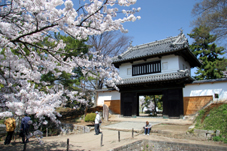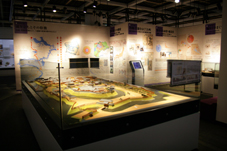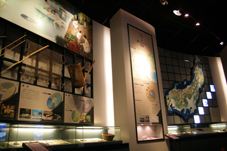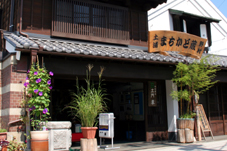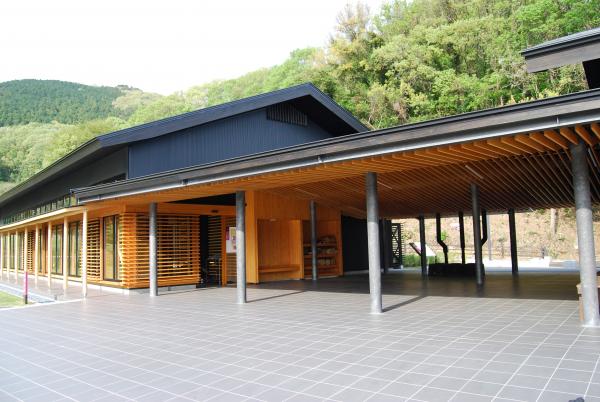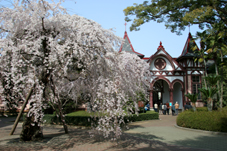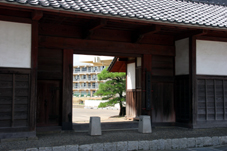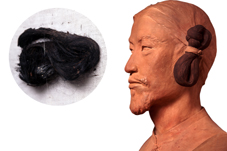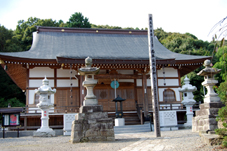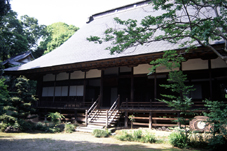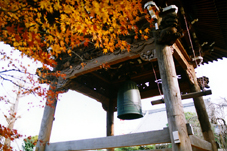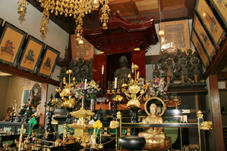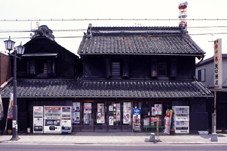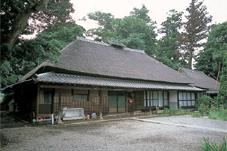Kijo Park(1-13, Chuo,Tsuchiura) 亀城公園
Established on the ruins of Tsuchiura Castle, which was built in the Muromachi period (1338-1573), Kijo Park is now a place to relax. The name Kijo refers to the turtle shape of the castle in its moat. The watchtower gate is the only one of its kind that remains in the Kanto region, and is the symbol of the park. The park’s 70-odd cherry trees create a beautiful harmony with the watchtower gate and the moat.
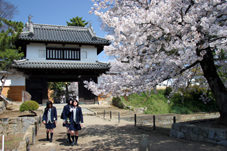
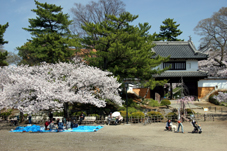
Tsuchiura City Museum (1-15-18, Chuo, Tsuchiura TEL: 029-824-2928) 土浦市立博物館
The Tsuchiura City Museum is built on the ruins of Tsuchiura Castle in Kijo Park. It presents the history of Tsuchiura, and holds special exhibitions on various themes related to the city’s history. Videos and computers allow children to enjoy learning.
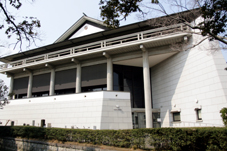
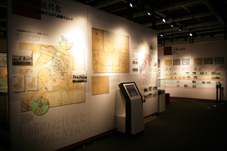
Kamitakatsu Shell Midden (1843, Kamitakatsu, Tsuchiura TEL: 029-826-7111) 上高津貝塚ふるさと歴史の広場
This shell midden, or waste burial mound, dates back to the late Jomon Period (3000 years ago), and is the biggest of its kind in the Kasumigaura coastal area. From this mound, clay dolls, earthenware, and vases made of bone and horn have been excavated. Being well preserved, the mound is designated as a national historical site. The artifacts can be seen at the Archaeological Reference Museum adjacent to the mound.
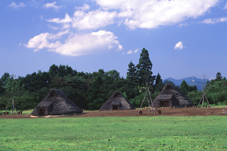
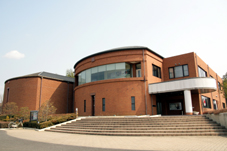
Tsuchiura Machikado Kura (old town storehouse) 土浦まちかど「蔵」
The Tsuchiura Machikado Kura (stores) Daitoku and Nomura stand in the old castle town’s Nakajo Street, which has been the center of commerce in Tsuchiura since the Edo period. Developed as a post station along the old Mito Kaido trunk road, this area is lined with prefecturally designated temples, shrines, and cultural properties, which preserve the traditional Edo culture, together creating a historical landscape.
■Tsuchiura Machikado Kura Daitoku (1-3-16, Chuo, Tsuchiura City: TEL: 029-824-2810) まちかど蔵「大徳」
Originally built in the late Edo period (1831) as a traditional kimono shop, the now renovated Daitoku sellls local products, displays historical materials, provides tourist information, exhibits folklore materials, and serves as a residents’ meeting spot.
■Tsuchiura Machikado Kura Nomura (1-12-5, Chuo, Tsuchiura City: TEL: 029-822-0081) まちかど蔵「野村」
Built across the street from Daitoku between the late Edo and early Meiji periods (1873), Nomura displays folklore materials and serves as a residents’ meeting spot.
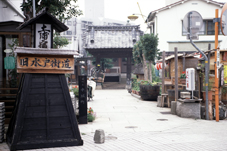

Komachi no Sato and Komachi no Yakata (491, Ono, Tsuchiura TEL: 029-862-1002) 小町の里・小町ふれあい広場
Legend holds that Onono Komachi, a great beauty and distinguished poet of the Heian period (794-1192), spent her last days in Ono. Komachi no Yakata has exhibitions, a traditional central household firepit, and a soba noodle restaurant, where you can make your own soba noodles (reservation necessary). The square outside also features a waterwheel and a farmers’ direct-sales store, providing a good place for drivers to take a break.
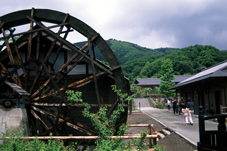
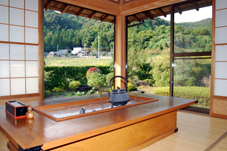
Old Tsuchiura Junior High School (4-4-2, Manabe, Tsuchiura) 旧制土浦中学校本館
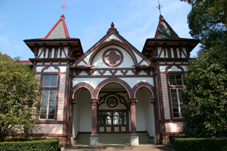
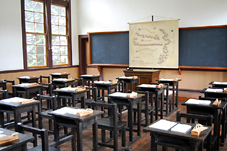
Ikubunkan School Main Gate (3-8, Bunkyo-cho, Tsuchiura) 郁文館正門
The Ikubunkan School was established by Hidenao Tsuchiya in 1799, the 7th lord of the Tsuchiura domain, for both academic and athletic training. After the Edo period ended, it became the Kaseikan School, then the Niihari Teachers’ School, and finally the Tsuchiura Branch School of the Ibaraki Teachers’ School. It was demolished, except for the Main Gate, in 1935. The Gate was restored to its original state in 1987.
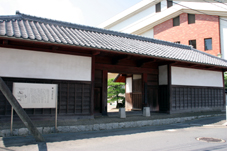
Mushazuka Tumulus (Kamisakata, Tsuchiura) 武者塚古墳
This round tumulus dates from the late 7th century. Precious items such as human bones and hair (in the ancient Mizura hairstyle) have been excavated from it, and it produced the first bronze articles ever excavated in Japan, including an iron-handled ladle. These items are exhibited at the Archaeological Reference Museum and the Kamitakatsu Shell Midden.
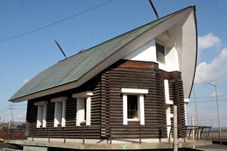
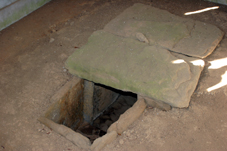
Kiyotakiji Temple (1151, Ono, Tsuchiura) 清滝寺
This temple, apparently established in 706, is the 26th site of the 33 temples of the Bando pilgrimage. It is also called Kiyotaki Kannon.
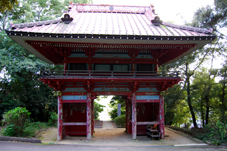
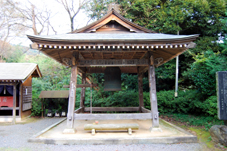
Tojoji Temple (650, Tojoji, Tsuchiura) 東城寺
This temple was constructed by Saisen, a student of the famous monk Saicho, on the orders of Emperor Kanmu in 796. As you approach from the gate between rows of luxuriant trees, you get a panoramic view of the Kanto Plain. The temple first belonged to the Tendai School, but was transferred to the Shingon School in the early Kamakura period (1192-1333).
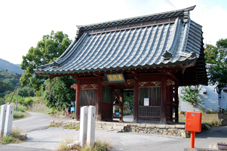
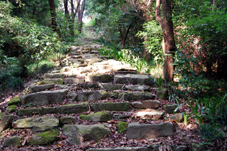
Hounji Temple (1890, Takaoka, Tsuchiura) 法雲寺
This temple was constructed by Haruhisa Oda, the lord of the Hitachi region, on the orders of Takauji Ashikaga, the first Shogun of the Muromachi Shogunate. It is laid out in castle style, and conserves many national and prefectural cultural assets.

The Copper Bell of the Tokakuji Temple (4-16, Otemachi, Tsuchiura) 等覚寺の銅鐘
Shogun Hidetada Tokugawa allegedly visited this temple in 1622. The bell is one of three ancient bells in the Hitachi region. It is engraved with the year of casting, the name of its promoter, Tomoie Hatta, who built Odawara Castle, and its name, and is designated as a national important cultural property.
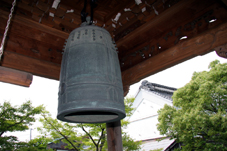
The Copper Bell of the Hannya Temple (1461, Shishitsuka, Tsuchiura) 般若寺の銅鐘
This bell is one of three ancient bells in the Hitachi region. Its production was promoted by the monk Genkai, and it was cast by two famous artisans, Hisatomo Tanji and Shigenobu Chikado, in 1275. With its name carved on it, it is now a national important cultural property.
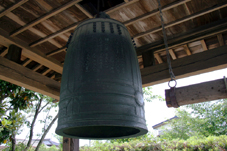
Yakushi Nyorai Statue, Jofukuji Temple (2-10-22, Shimotakatsu, Tsuchiura) 常福寺の薬師如来坐像
This statue of a seated Yakushi Nyorai (lord of medicine) at Jofukuji Temple, with a bottle of medicine on its hand, is said to have been made over 1000 years ago, and is a national important cultural property. The lord’s elegant features are characteristic of images of the Buddha in the Heian period (794-1192).
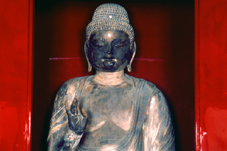
Yaguchi Family’s Residence (1-6-13, Chuo, Tsuchiura) 矢口家住宅
Located along the old Mito Kaido, this residence is a typical merchant’s house. The compound features the main residence with a storage house, and another storage house to hold shop goods. Designated as a prefectural cultural property, it reminds us of life in the Edo period.
Tomioka Family Residence (602, Shiratori-machi, Tsuchiura) 冨岡家住宅
This house, thought to have been built around the end of the 17th century, is a typical residence of a rich farmer. It is an excellent example of a traditional farmhouse with a big thatched roof. The feudal lord used to rest here when he toured his domain. Designated as a prefectural cultural property, it is still lived in.
Maeno Family Residence (694, Nagai, Tsuchiura) 前野家住宅
This house, built in 1806, was the residence of the village leader. Designated as a prefectural tangible cultural property, it is a typical farmhouse of the Edo period, and the record of its construction is preserved.
|
For more information, please contact the Tourism and Products Section, Department of Industry and Tourism. |
|
Tsuchiura City Office (3rd floor), 9-1, Yamato-cyo, Tsuchiura 300-8686 |
|
[TEL] 029-826-1111 ext. 2705, 2706 |
|
[FAX] 029-823-9220 (common) |
|
|
